Feed comprises up to 70 percent of total production costs
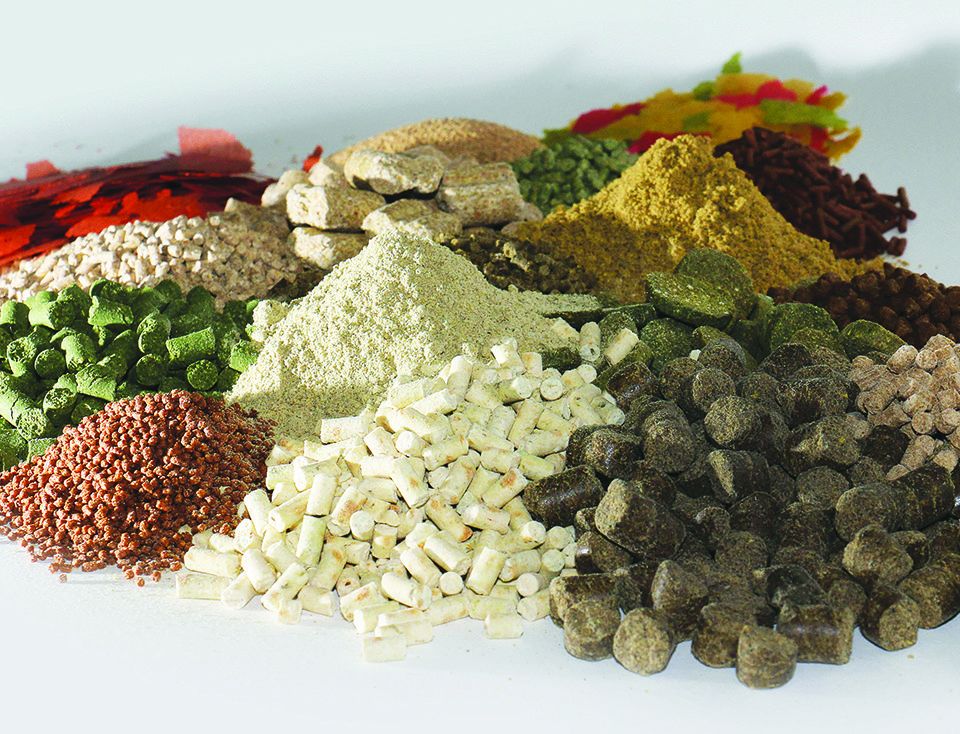
In determining profits, a close economic relationship exists between the cost inputs of aquaculture – with feed a major expense – and the output revenues. There is risk in making decisions that consider only one side of the equation, such as costs.
Feed cost per unit gain (F.C./U.G.) is a metric frequently used in animal production systems to evaluate the effects of the cost of feed on production profitability. With feed making up between 40 and 70 percent of the total production costs, it is easy to understand why this metric is frequently used in publications and presentations, and by farm owners and managers to help analyze and manage costs toward the overall objective of improving profitability.
F.C./U.G. is calculated by multiplying the feed-conversion ratio (FCR), the units of feed required to produce a unit of gain, by the unit cost of feed. See example below.
1.42 (FCR) x U.S. $1.04 (Feed cost/kg) = $1.48 (Feed cost/unit gain)
When F.C./U.G. is used to evaluate costs, it is usually assumed that as the number increases, profits decrease, and as the number decreases, profits increase. However, upon a more detailed analysis, it can be seen that these assumptions can be fundamentally flawed. In many cases, F.C./U.G. does not correlate to profitability in specific animal production systems. This is especially true in aquaculture.
Profit equation
Profits are correctly calculated by subtracting all expenses from all revenues. This equation tells us three factors are involved in increasing profits: increasing revenues, decreasing expenses or a combination of both. In aquaculture production systems, expenses are normally incurred with the anticipation of creating a crop with a value in excess of all such expenses. A close economic relationship exists between the cost inputs and the output revenues. Therefore, there is risk in making decisions that consider only one side of the equation, such as costs.
The value received for a crop can reflect multiple factors. At harvest, these include the biomass sold, price per unit, animal size and coefficient of variation. Processing efficiency, product shrinkage and shelf life, and consumer values such as pigmentation and flavor come into play during or after processing.
The costs to produce a crop are many, including outlays for feed, labor, aeration, pond preparation, water quality management, animal health management and risk management. Fixed expenses also include fees for insurance, property taxes and administration.
Roles of feed
On the income or value side of the equation, feed directly affects all of the items listed. By improving survival and growth rate, the size of the crop is increased. By improving the size of the animals, the price per unit received for the crop is increased. Feed also influences shrinkage during processing, processing efficiency and shelf life.
On the expense or cost side of the equation, it is important to consider that feed is the primary contributor to a decline in water quality, either from feed metabolic waste products excreted by the shrimp or wasted feed that results from improper feeding methods. When feed is selected and managed in a way that reduces a decline in water quality, the costs associated with water quality management can be significantly reduced.
Faster-growing animals, associated with better feeds, can be harvested sooner. Less time in containment results in lower operating costs per unit produced. In addition, production risks are reduced when growout time is shortened.
Feed drives the production system. Therefore, all the relevant data from both sides of the profit equation must be used to evaluate the effects of feed on profitability.
Economic modeling
It is possible to explore the assumption that profits decrease as F.C./U.G. increases by using economic modeling. Although this modeling focuses on the feed economics for shrimp culture, the same principles can be used to evaluate production systems for fish or other animals.
Five production scenarios are presented for each of two stocking densities, 15 animals/m2 and 150 animals/m2. The input data defines the production unit, operating and economic parameters. It considers all costs in three separate line items: postlarvae cost/1,000, feed cost/kg and overhead, which includes all other fixed and variable operating costs.
Overhead costs can be estimated by adding together all of the annual fixed and variable costs, except for feed and postlarvae, for a specific farm or production unit, divided by the number of days the farm is operated each year. By dividing this number by the number of production modules or hectares, one can calculate a reasonable estimate of the daily overhead cost per module or hectare.
Cost, profit data
The results sections of the tables provide economic data on cost and profit expressed on a per kilogram shrimp marketed basis. The results-profits sections report profit as the difference between all income less all expenses, per production unit, which in the illustration is 1 ha.
The two control columns are intended to represent average production conditions. In the other four columns for each stocking density, reasonable changes were made to the input data in order to measure the changes to the profit-oriented data at the bottom.
In the L-1 and H-1 columns, feed cost was increased by U.S. $.09 a kilo or 10 percent, and survival was increased from 70 to 75 percent. In the L-2 and H-2 columns, feed cost was again increased by $.09 a kilo or 10 percent. Survival was increased to 75 percent, growth rate or weekly growth was pushed to 1.75 grams, and the feed-conversion ratio (FCR) was reduced from 1.6 to 1.5.
In the L-3 and H-3 columns, feed cost was increased by U.S. $.14/kg or 15 percent. Survival was increased to 80 percent and weekly weight gain was 1.75 g. FCR was reduced to 1.4, and overhead decreased by 10 percent to $18 or $54 a day to account for a shorter growing season and better water quality as a result of improved FCR.
In the final columns, L-4 and H-4, feed cost was increased by 30 percent or U.S. $.27/kg. In addition, stocking density was increased by 33 percent, survival rose to 80 percent and growth rate was increased to 2 g/week. The overhead/day was increased by 25 and 33 percent, respectively.
As the cost of the feed increased for all the examples shown in Tables 1 and 2, so did the feed cost/kg shrimp marketed (F.C./U.G.). Although this value rose, the bottom line profit was increased in this economic modeling. These data strongly suggest that (F.C./U.G.) is not a reliable predictor of profitability.
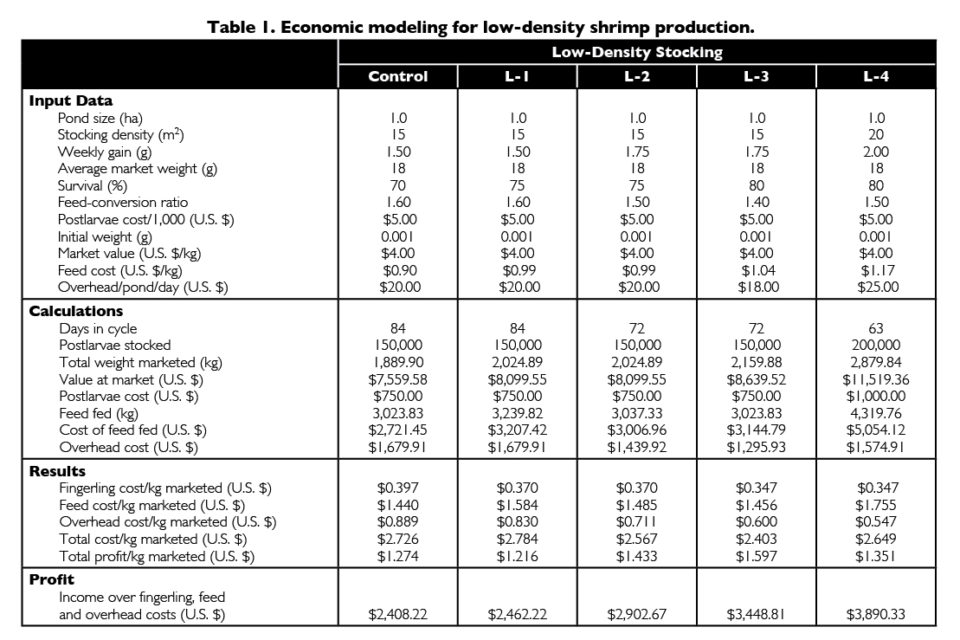
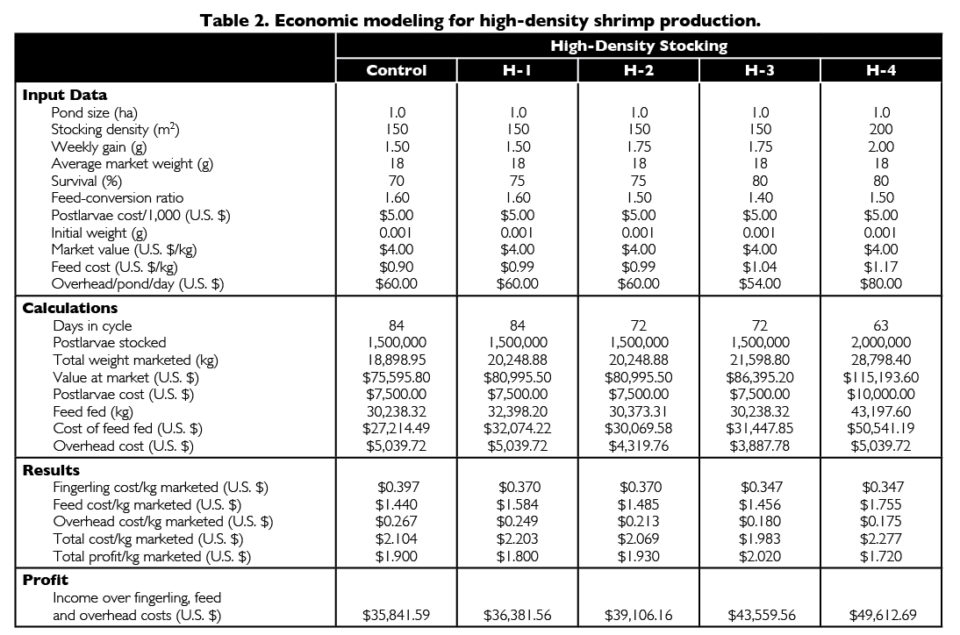
Regression analysis
Another way of determining the relationship between F.C./U.G. and profitability is to treat crop economic data by regression analysis (Fig. 1). These 2011 data represent one crop from a farm with 27 ponds and average pond size of about 3.5 ha.
In this case, the correlation coefficient of 0.0007 shows practically no correlation between the two factors compared, pond profitability and F.C./U.G.
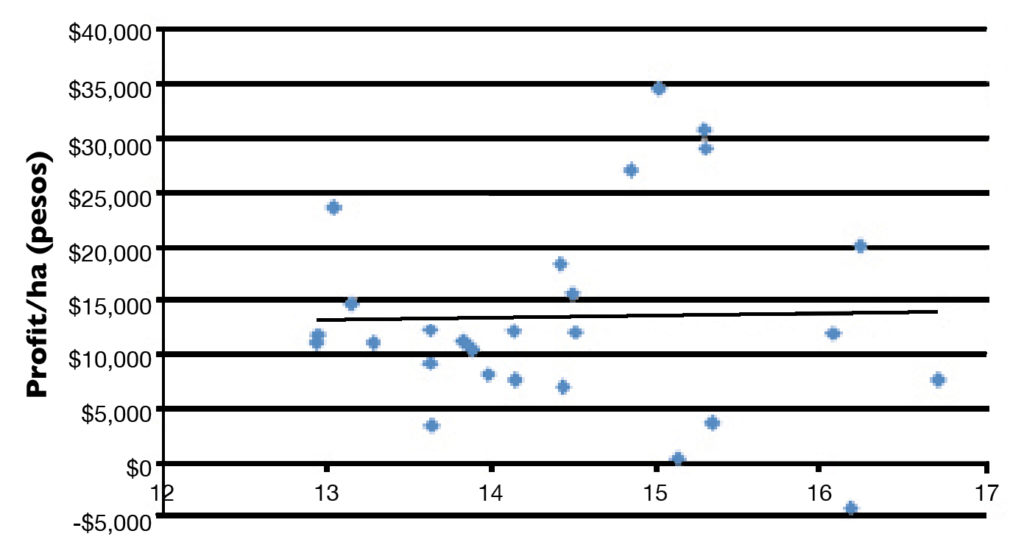
Perspectives
Clearly, these examples demonstrate that feed materially affects parameters on both sides of the profit equation. To better understand feed economics, also consider the ratio between the selling price of shrimp and the cost of feed expressed in similar units.
If shrimp sell for U.S. $4.00/kg, and feed costs $0.90/kg, the ratio is 4.44. Because of the significant impacts feed has on crop yield, unit value, days of containment and water quality, it only requires a small improvement in these parameters to more than equal incremental increases in feed costs.
(Editor’s Note: This article was originally published in the July/August 2015 print edition of the Global Aquaculture Advocate.)
Authors
-
Thomas R. Zeigler, Ph.D.
Senior Technical Advisor
Past President and Chairman
Zeigler Bros., Inc.
400 Gardners Station Road
Gardners, Pennsylvania 17324 USA -
Timothy A. Markey
Director of Nutrition and Technology
Zeigler Bros., Inc.
Related Posts
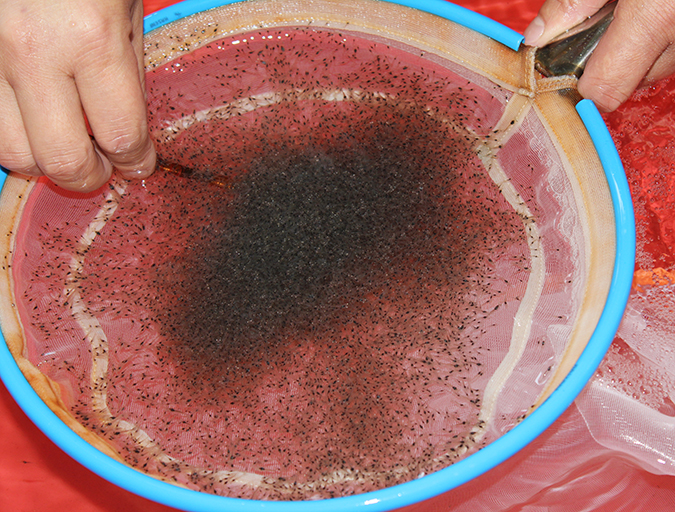
Health & Welfare
Acclimating shrimp postlarvae before pond stocking
Shrimp postlarvae acclimation before stocking into the various growout systems (ponds, raceways, tanks) is a critical – and often overlooked, sometimes taken for granted – step in the shrimp culture process. Various water quality parameters should be changed slowly so that the young shrimp have the time to gradually adapt to the new conditions.
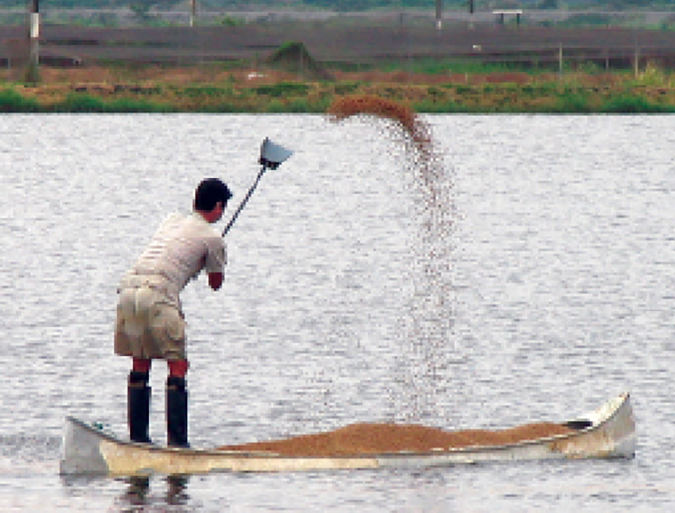
Aquafeeds
The Bottom Line: Feeds and water quality revisited
Uneaten or undigested feed and their metabolic byproducts contribute to declines of water quality in aquaculture systems. Accordingly, feed and feeding techniques require continuous review. Reducing overfeeding is an important opportunity for improving feed conversion ratios.
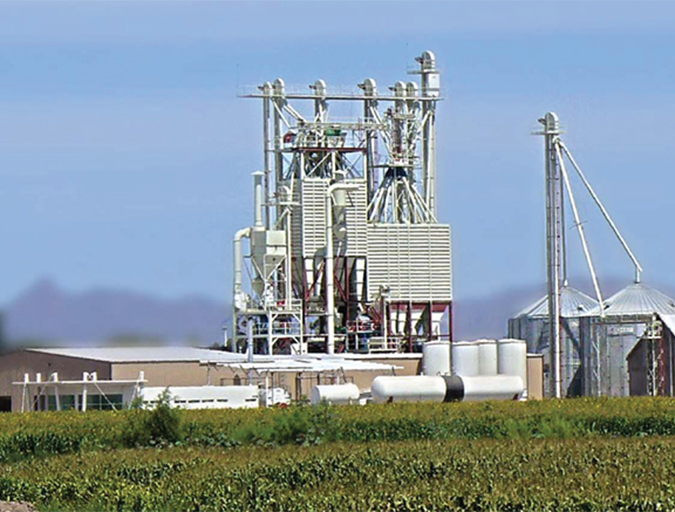
Aquafeeds
The Bottom Line: Integrating feed manufacturing into fish or shrimp production operations
Incorporating feed manufacturing into an aquaculture business offers greater and more efficient product access, control and logistics, as well as additional profit potential. A feasibility study that plans for growth and includes both a business plan and economic analysis is a must.
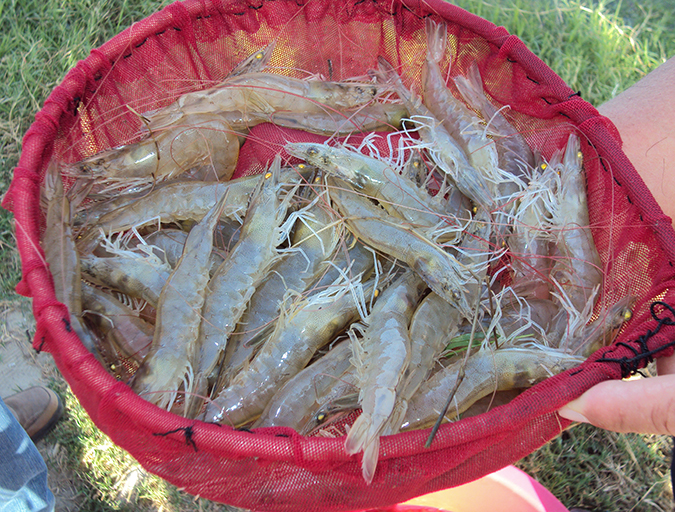
Health & Welfare
Genetics key to maximum growth rate for shrimp
Realizing higher growth rates in commercially cultured shrimp has many important benefits, including reducing various risks, cutting costs and increasing economic opportunities. Shrimp genetics primarily determines the amount of additional growth that can be achieved, as shrimp typically reflect their parents’ growth rates.


